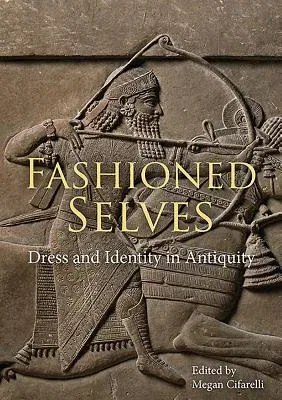The study of dress in antiquity has expanded in the last 20 years,
evolving from investigations of costume and ethnicity in ancient art and
texts and analyses of terms relating to textiles and their production,
to broader studies of the social roles of dressed bodies in ancient
contexts, texts, and images. This volume emerges from Approaches to
Dress and the Body sessions at the Annual Meetings of the American
Schools of Oriental Research in 2016 and 2017, as well as sessions
relating to ancient dress and personal adornment at the Annual Meetings
of the Archaeological Institute of America in 2018. Following the broad
notion of dress first presented in Eicher and Roach-Higgins in 1992 as
the "assemblage of modifications of the body and/or supplements to the
body," the contributions to this volume study varied materials,
including physical markings on the body, durable goods related to
dressed bodies in archaeological contexts, dress as represented in the
visual arts as well as in texts, most bringing overlapping bodies of
evidence into play.
Examining materials from a range of geographic and chronological
contexts including the prehistoric Caucasus, Iran, Mesopotamia, Syria
and the Levant, the Aegean, Greece, the Roman world and Late Antique
Central Asia, this volume takes as its starting point that dress does
not simply function as a static expression of identity or status,
inscribed on the body to be "read" by others, but is a dynamic component
in the construction, embodiment, performance and transformation of
identity.

